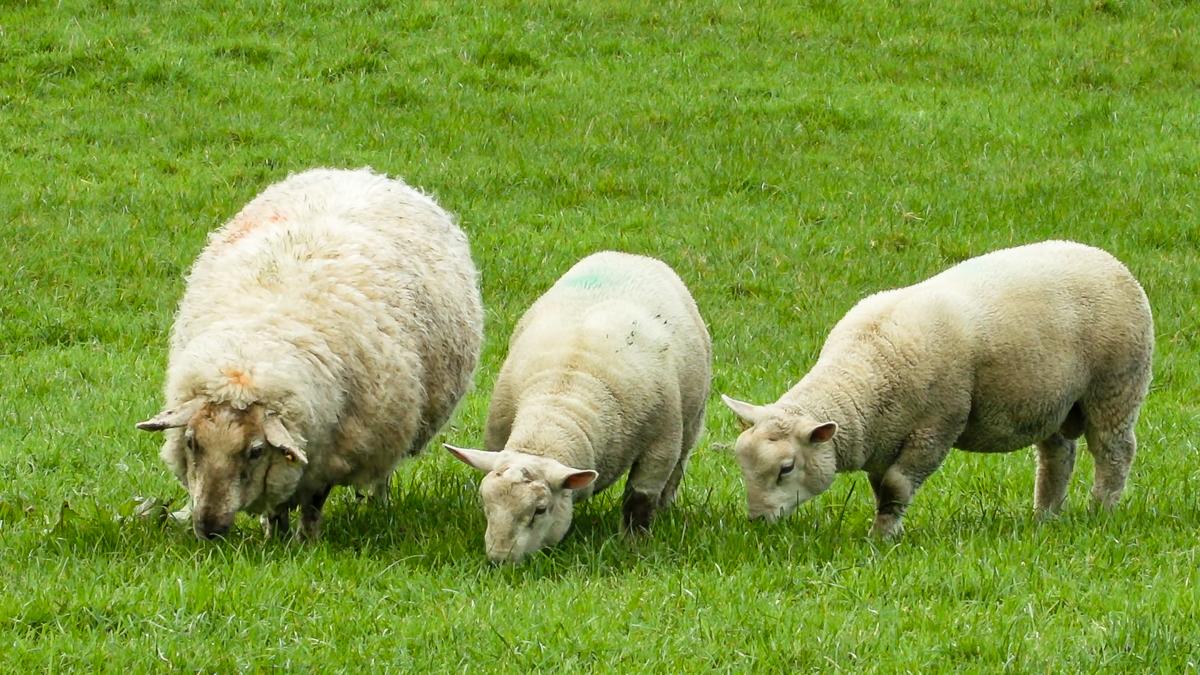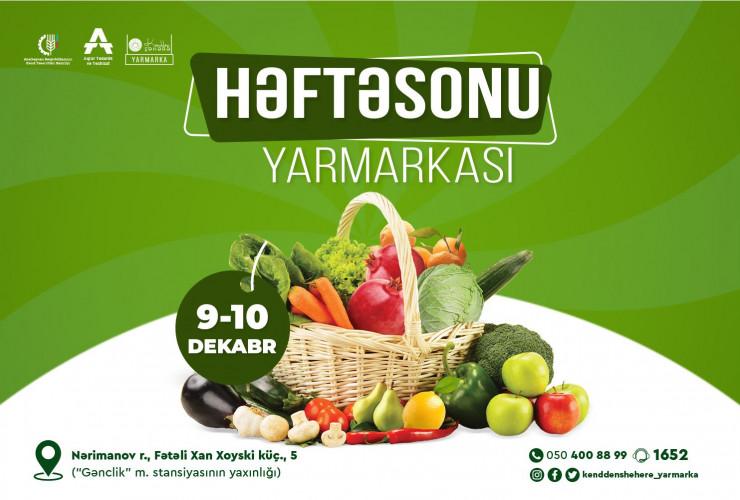News
Signs of sheep and goat pox in ruminant animals and measures to combat this disease

Sheep and Goat Pox (Variola ovina et caprarum), also known as "Poxvirus Infection of Small Ruminants," is a highly contagious infectious disease caused by a virus affecting cloven-hoofed animals. The disease results in severe symptoms and rapid progression. It leads to economic losses, including animal deaths, compulsory culling, decreased productivity, decreased quality of animal-derived products (such as skin and wool), as well as expenses related to veterinary-sanitary and quarantine measures. Infected animals can experience disruptions in reproductive activity and lambing conditions. Additionally, the lesions caused by poxvirus on the skin negatively impact the commercial value of hides. The disease can also cause decreased productivity in animals that have recovered from the infection. Complete recovery of infected herds may take several years. Mortality rates due to Sheep and Goat Pox can range from 80% to 100%, and the disease can have a significant impact on affected populations. The causative agent of Sheep and Goat Pox is a DNA virus belonging to the Poxviridae family and the Capripoxvirus genus. The different strains of the virus found in various countries exhibit antigenic similarities. It's important to note that Sheep and Goat Pox is not a zoonotic disease. The virus spreads through the environment via secretions from infected animals (saliva, nasal discharge, eye discharge, pustular scabs, milk, urine, etc.) and can also be transmitted by airborne dust containing dried scabs. The virus can lead to airborne transmission among healthy animals through respiratory secretions of infected individuals. Transmission can also occur through direct contact with lesions on damaged skin and scab-covered surfaces. The alimentary route, such as the ingestion of contaminated scabs, is another possible means of transmission. Therefore, disease transmission can also occur through contaminated fomites and animal-derived products. Sheep and goats of all ages can be affected by Poxvirus. Fine-wooled sheep and goats are more susceptible to the disease, while coarse-wooled sheep are relatively less sensitive. Certain breeds, such as Angora and Pridon goats, tend to experience a more severe form of the disease. The incubation period of Sheep and Goat Pox ranges from 1 to 2 weeks. The disease progresses through distinct stages. The initial stage is characterized by signs such as coughing, labored breathing, and signs of conjunctivitis and rhinitis (swelling of eyelids, redness of eyes and nose, as well as serous-purulent discharges). At the same time, nodules appear on the non-wool-bearing areas of the skin (especially on the head, lips, around the eyes, ears, inner and outer surfaces of the legs, scrotum, and udder). In severe cases of the disease, these nodules cover the entire body. Initially, they appear as reddish spots and later develop into raised papules (nodules) encircled by red bands during the second stage of the disease. In the third stage, the papules transform into vesicles (blister-like formations) filled with transparent fluid, which, after a few days, become pustules (raised pustules) filled with purulent material. At this stage, the animal's body temperature significantly increases (40-42°C), leading to a deterioration in its overall condition. Infected animals recover at different times (3-4 weeks). Recovery processes related to health are slower in animals that experience a severe form of the disease. Sometimes, animals may die at any stage of the disease without showing characteristic external symptoms. Although the general mortality rate is often less than 10%, it can sometimes reach up to 50%. Particularly in susceptible animals and during severe cases of the disease, the mortality rate can even reach 100%. There is no specific method for treating Sheep and Goat Pox. Therefore, quarantine measures are applied in case of disease occurrence. During quarantine, the movement and transportation of animals, mixing of healthy and infected animals, feeding of infected animals with healthy ones, removal of feed exposed to infected animals, entry and exit of vehicles and external individuals, and the sale of animals and animal-derived products are all strictly prohibited. Since transmission is highly probable through infected animals, fomites, and animal-derived products such as wool, it's essential to adhere to biosecurity measures and quarantine new arrivals in the farming environment. It's worth noting that due to its classification as a particularly dangerous disease, preventive quarantine measures against Sheep and Goat Pox are implemented by the state. In case signs of the disease are observed among animals, the population is recommended to immediately inform veterinary professionals and relevant authorities. This article was prepared by experts Ş.B. Mammadova, R.S. Kangarli, and K.N. Aliyeva from the Scientific Research Center of the "Research Center" department of the Azerbaijan Food Safety Institute.
Other news

On the dates of December 9-10, a "From Village to City" weekend fair will be organized.

Agricultural insurance advantages were discussed in a meeting held in Saatli

Educational Partnership with Azerbaijan’s First Animal Hospital: Collaboration Between Hasvet and Khazar University

AVC Agro and Boehringer Ingelheim Held a Joint Conference on Poultry Vaccines on June 25-26, 2025

